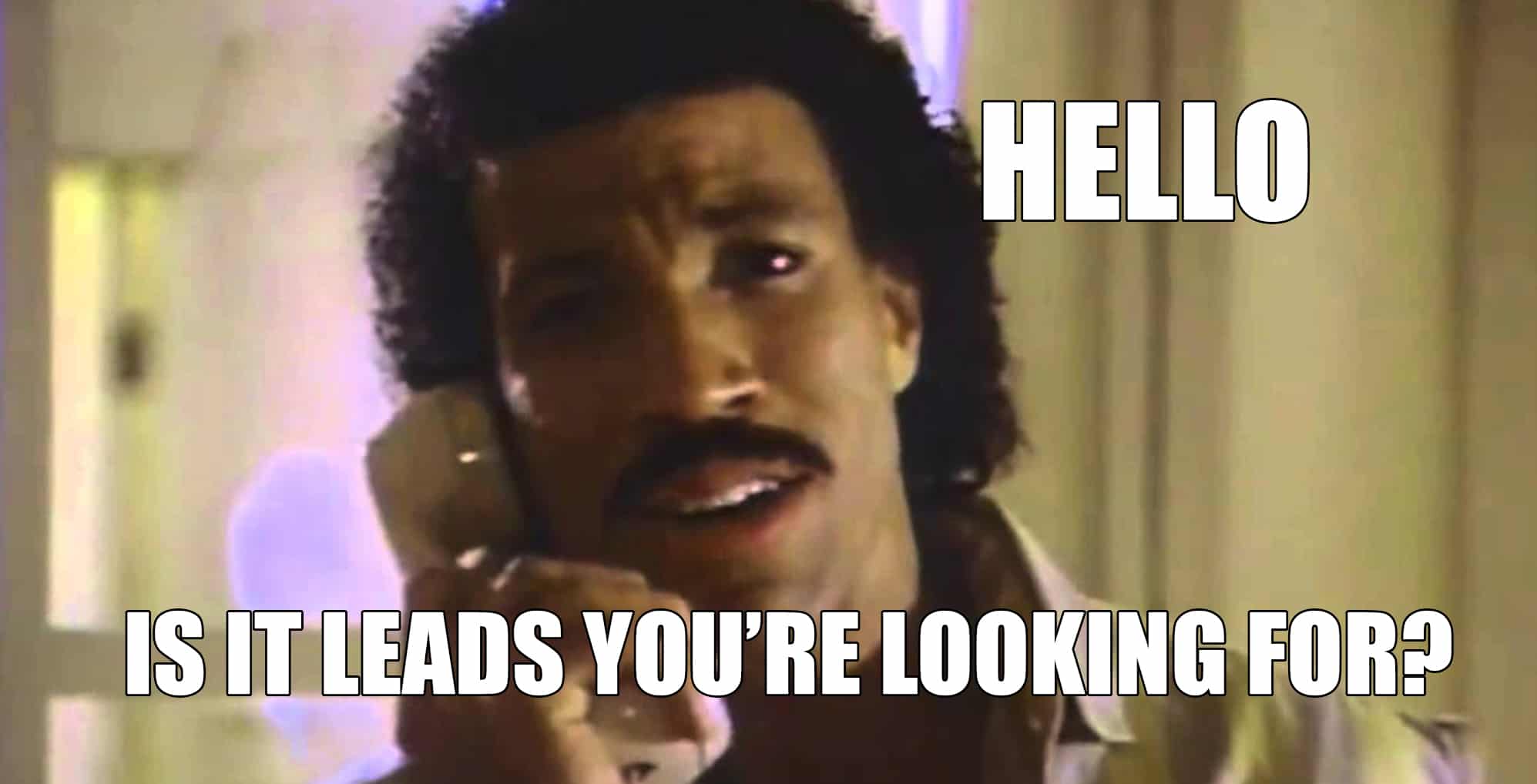A Beginner’s 6-Step Guide to Digital Marketing Strategy
When Nowspeed partners with a new client, there are some hurdles we often see when it comes to existing digital marketing strategy.
Get a Free Marketing Analysis and Consultation
Nowspeed can review your Website, SEO, PPC, Email or Social Media Campaigns and identify ways to make an immediate impact!
When it comes to developing a marketing strategy, clients are often overwhelmed with ideas and unsure where to begin. There might be an ineffective strategy in place, or no marketing strategy at all. And almost always, our client would rather focus on their day-to-day business operations, rather than their marketing strategy.
Whether you’re working alone or in partnership with an agency like us, a proper digital marketing strategy is more like playing offense instead of defense. You’re not just barely getting by and hoping to survive another day. Instead, you’re aggressively reaching out to potential customers, pushing back against the competition, making connections, and telling a compelling story.

You may never want to reach an agency’s level of digital marketing knowledge. Believe me, I don’t blame you. It can be overwhelming. But you probably WOULD like to know the best path for effective business marketing—whatever your field—and why that path works. If that sounds like you, read on.
So What Exactly is Digital Marketing?
Digital Marketing is the practice of using digital platforms to reach your desired audience, answer their questions, compel them to take your desired action, and ultimately accomplish your goal(s).
While it is simple for most marketers to answer the question, “What is Marketing?“, it may not be as easy to explain “What is Digital Marketing”, and more importantly, “What does successful Digital Marketing look like?” The problem with most digital marketing efforts is that they lack one or more of these key ingredients above. Leaving out any of these ingredients can result in an unclear or unrealistic focus, undefined or disengaged audience, or a message that just doesn’t quite connect. In other words, unmet goals.
That’s why we’ve created this beginner’s guide: to help you develop a successful digital marketing strategy, no matter what hurdles you’re dealing with. These 6 steps will put you in the driver’s seat, teaching you the basics of how to digitally market like your business depends on it – because, chances are it does!
Step One: Identify Your Goal
Before starting ANY digital marketing campaign, see if you can answer these questions: What is your ultimate goal? Is it realistic?
“What is my goal?” may seem like an easily answered question, but often, marketing goals are not easy to identify. When you finally do, it’s still easy to lose sight of them.
If you’re not sure where to start, try my four-year-old nephew’s preferred method. It’s what I like to call the “But WHY Method.” Because, while you may be able to quickly and easily answer WHAT you do and HOW you do it, it might take some digging to figure out the “why.”

- So we want the audience to be drawn to the ad! BUT WHY?
- Because we want people to click on the ad! BUT WHY?
- Because we want people to read what’s on the landing page! BUT WHY?
- Because we want people to see the benefits of our product! BUT WHY?
- Because we want people to buy our product!
And there’s the goal. We want our audience to buy our product. This method can also lead into a separate set of whys, like, “Why should people buy our product?”
Don’t get lost too far down the rabbit hole, but heading down the “why” path a reasonable distance is one excellent way to identify core elements of your marketing story if you’re stuck.
Another helpful method is the use of an industry acronym: S.M.A.R.T. goal setting—or goal setting that is
- Specific,
- Measurable,
- Attainable,
- Relevant, and
- Time-Bound:
Here’s an example of a past campaign goal that we’ve set at our firm, following all of the S.M.A.R.T principles:
Our goal: Run a one-month-long social ad campaign with a $1000 budget, from which we attain 25 conversions (form submissions), add 25 contacts to our email database, and increase website traffic by 40% this month over last year.
Specific numbers will of course depend on your industry and your campaign, but the guidelines remain the same. Setting a goal that has all of these five attributes is a great way to set almost any digital marketing campaign up for real success. And if any one of them is iffy, you know it might be time to revisit the drawing board to establish something more solid.
Step Two: Choose the Best Audience & Platform(s)
Identifying your audience seems simple at the onset, but doing so in a thorough and strategic way (that also maximizes your budget) can be tricky.
Identifying your audience is much more than a “just take a wild guess, then set-it-and-forget-it” kind of thing. It takes next-level research to successfully define your target market, and even more research to identify where to go to find and connect with that market.
Any list or database of already established client data is usually a good place to begin answering these questions.
When selecting an audience, you might consider:
- Location (can get as specific or as general as you’d like)
- Demographics (Gender, Age, Relationship Status, Economic Profile)
- Income
- Lifestyle
- Interests and Hobbies
- Priorities
- Behaviors
- Dislikes, and more.
While this level of definition might seem like overkill, over time you’ll learn that the more you can narrow down your audience and target market, the more efficient your spend will be, and the more success you’ll have in achieving your goals.
Once you have an initial audience established, you can make adjustments over time, using a trial and error approach to make your way toward a more successful definition.
From there, an exciting world of additional marketing opportunities will open to you, including targeted campaigns, remarketing, lookalike audiences and more. Defining your audience will also help you define other aspects of your approach, such as platform, messaging, pricing, etc.
Once you have your audience defined, you’ll want to choose the platform that can best target your audience. “Every business speaks to a different audience. You must run traffic on the platforms where YOUR market is ‘hanging out,’” explains DigitalMarketer.com.
We agree. When we take on new clients, we often find that they have wasted a good portion of their budget by not using the platform that’s right for their audience.
Consider the differences in platforms and audience intention: While Facebook Ads can be an effective platform for impulse buys, such as a funny t-shirt or a bouquet of flowers the day before Mother’s Day, it’s probably not the best place for advertising the services of an investment firm or a personal injury attorney.
This is because people will often only seek out needs-based services when they need them, rather than responding to ads that happen to appear on their feed. Since we wouldn’t want to waste ad spend, in this case a better spend of that budget might be on Google Ads, where the audience actively seeks out needs-based services using search terms instead.
Step Three: Craft a Strategic Message
Crafting a strategic message means answering your audience’s question. To do so effectively, you’ll want to step into their shoes to get a better idea of what this question might be.
Strategic messaging starts with some questions. What are your audience’s challenges? What are the common problems they face? What is their typical user behavior for getting this question answered?

At our firm, we operate on the belief that because everyone is different, ads and campaigns should follow a 3-tiered principle to target different types of audiences: Value, Scarcity, and Relationship.
- Value Ads, which indicate to the audience that they will get something of value out of the transaction that they wouldn’t elsewhere.
- Relationship Ads, which cater to our social nature as humans and our desire to feel good about what we buy.
- Scarcity Ads, which encourage us to put a higher value on an item because it is scarce in some way.
Creating campaigns using these three strategies will help zero in on the types of messages that best connect with your target audience.
Step Four: Call to Action
The call to action supports the goal by directing the audience toward what they should do next and how they should do it.
CTA buttons are the #1 driver of click-throughs on your emails, website, and other marketing materials, which is why we use them prominently in every campaign we run at Nowspeed.

Using strong verbs is one highly effective way to prompt an audience to act. Many effective CTAs will also give a reason to take a desired action. Reasons might include special offers (which represent a value), as well as appeals to emotion and excitement (such as by playing on “FOMO,” a form of scarcity).
Here are a few more examples of direct calls to action:
- Contact Us (Links to a one-page contact form)
- Learn More (Links to a landing page with targeted content that corresponds with the ad)
- Buy Now (Links to a product page with the advertised product)
- Schedule Appointment (Links to a contact form or scheduling module)
- Download Trial (Links to direct download or landing page with direct download)
- Sign Up for 20% OFF (Links to a sign-up form)
- Follow Us (Automatically follows a page)
- Share (Automatically shares a page or post)
And remember, the more direct the message is, and the EASIER the action is to accomplish, the better.
Step Five: Execute!!!
Most of the guides we read are missing this critical step; execution of your campaign is everything!
You can come up with a million brilliant marketing ideas, but the only ones that will ever have a chance to generate a return on your investment are the ideas that were actually executed. That’s because you can’t be successful without both ideas and the execution of those ideas. “When we skip over strategy and start executing based upon abstract marketing theory, we’re shooting in the dark hoping we hit something, but we rarely hit the thing we want to hit,” notes ViralSolutions.net.
You can identify the goal, define your audience, craft a strategic message, create an effective call to action—and it really won’t mean much until you actually release your campaign into the world. In other words, you must follow through.
The same amount of time and energy that went into the creation of your marketing campaigns should also go into the execution. This means setting everything up proactively and correctly, and making sure the quality of the campaigns are checked and checked again.
Step Six: Measure, Analyze Performance, Revise
Our firm is a data-driven firm. We believe measurement is the best way to show return on investment. We teach our clients to get in the habit of making decisions based on data rather than “how something feels.”
Analytics can and should be set up to monitor and measure almost everything in digital marketing. The most valuable analytics can be tied directly back to the first step of this guide: your goal. Was the goal met? How many times? And what contributed to that success?
If you’ve hired a firm like us to run your digital marketing, you’ll want to know, in cold hard numbers, whether the mark was hit or missed with your campaign. Being aware of the reality of your campaign’s shortcomings and successes is the only way to improve.
If you’re working with a marketing firm, remember that providing and explaining analytics is the absolute best way they can illustrate their value as your partner, and prove your return on investment.
“We have access to so much data, so many metrics that… we’re drowning in it.” writes Marketing Influencer Neil Patel. And while each datapoint is valuable in a certain context, analytics can’t help us if we’re underwater.

It makes the most sense, at least at the beginning, to cling onto the analytics that keep our heads above water by telling the most valuable parts of the story. We can then revise our campaigns based on that story.
Some of those valuable analytics, depending on the platform, are:
- Traffic
- Engagement
- Click-Through Rate (CTR) / Open Rate
- Leads
- Conversion Rate
- Cost-Per-Result
The analytics we focus on should tie directly back to our goal. A successful campaign’s analytics will tell the story of meeting the goal, and if they don’t, the strategy needs to be adjusted.
Focus Your Digital Marketing Efforts on Steps That Are Simple, Repeatable, and Effective.
If you want to market a business, start with these 6 steps. They apply whether your campaigns are on or offline.
Internet marketing is changing even as I type these words, yet these basic principles continue to apply across many platforms and media: organic social marketing, influencer marketing, paid ads, email marketing, phone/text/app marketing—even print, TV, radio, billboards, and blogs.
As always, the Nowspeed team is here if you have ideas you want to bounce around, or if you want to take your marketing efforts to a new level.
So let's
talk.
We're always excited to dig into the details of your company and what strategy can help you meet your goals. So let's talk and lay out a plan for success!